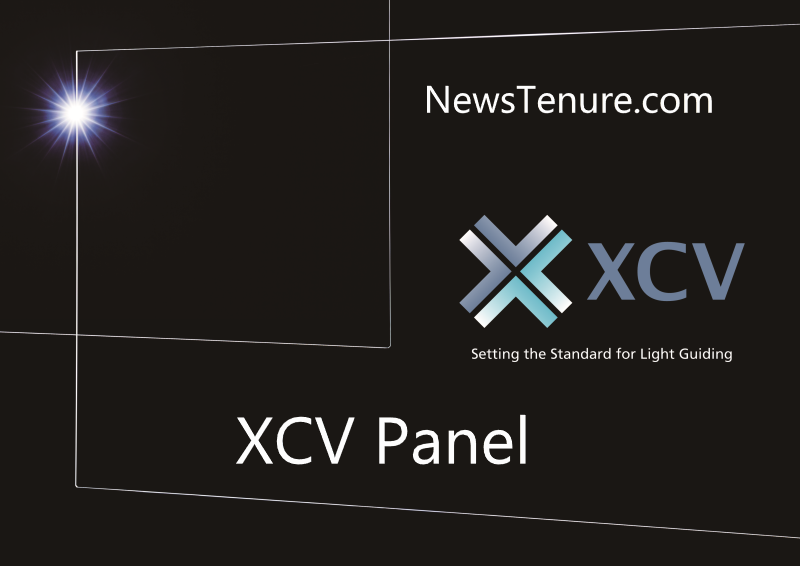what is XCV Panel
The XCV Panel is a dynamic and customizable part of a digital screen. It changes its content to match what you’re doing, and you can arrange it with your favorite tools. It makes your work smoother by showing you what you need at the right time.
The XCV Panel is an innovative user interface concept, combining expandability, Configuration, and Virtuality. In the fast-paced world of technology, user interfaces (UI) and user experiences (UX) play a pivotal role in determining the success of any digital platform. These interfaces act as the bridge between users and the underlying functionalities of software, apps, and websites. One recent innovation that has caught the attention of User Interface UI/UX designers and developers is the XCV Panel, an emerging concept that aims to revolutionize how users interact with digital systems.
Understanding the XCV Panel
The term “XCV Panel” might sound unfamiliar to many, as it is a relatively new concept that has gained traction in the tech community. XCV stands for “eXpandable, Configurable, and Virtual Panel,” and it refers to a dynamic and adaptive user interface element. That can transform the way users engage with digital content.
At its core, the XCV Panel is designed to offer users an interactive and versatile experience. Unlike traditional static user interfaces, XCV Panels are dynamic, capable of adapting their layout, content, and functionalities based on the user’s needs, preferences, and the context of use. This adaptability is made possible through a combination of technologies like AI-driven personalization, modular design principles, and virtualization techniques.
XCV Panel Key Features and Benefits
1. Customizability: XCV Panels empower users to customize their interface according to their preferences. Users can rearrange, resize, and add or remove components within the panel, creating a UI that suits their unique workflow.
2. Context Sensitivity:
These panels are context-aware, meaning they can change their content and layout based on the user’s current task, device, location, and even emotional state. For instance, a design software’s XCV Panel might display drawing tools. When the user is editing an image, and switch to color correction options when the user is working with photos.
3. Efficiency: By providing quick access to frequently used tools, functions, or information, XCV Panels can significantly enhance user efficiency. Users won’t need to navigate through menus or interfaces to find what they need, as relevant options are conveniently placed within the panel.
4. Reduced Cognitive Load: Traditional UIs can overwhelm users with numerous options and features. XCV Panels can streamline this experience by displaying only the most relevant tools at any given moment, reducing cognitive load and decision fatigue.
5. Future-Proofing: The adaptability of XCV Panels makes them well-suited for emerging technologies like augmented reality (AR), virtual reality (VR), and wearable devices. As new platforms and devices enter the market, XCV Panels can seamlessly adjust to provide optimal user experiences.
XCV Panel Challenges and Considerations
As promising as the concept of XCV Panels is, there are several challenges that designers and developers must address:
1. Learning Curve
Users might need time to become familiar with the dynamic nature of XCV Panels. Especially if they are accustomed to traditional UIs.
2. Implementation Complexity: Building adaptive and context-aware interfaces requires sophisticated technologies, including AI algorithms and modular design frameworks.
3. Consistency
Ensuring a consistent user experience across various devices and contexts while still providing adaptability can be a delicate balancing act.
Conclusion
The XCV Panel represents an exciting shift in how we interact with digital systems. By combining customization, context awareness, and adaptability, XCV Panels have the potential to enhance user experiences across a wide range of applications, from software and apps to websites and beyond. As technology continues to evolve. We can expect to see further innovations in UI/UX design, with concepts like the XCV Panel leading the way towards more intuitive and user-centric interfaces.





3 thoughts on “XCV Panel: Revolutionizing User Interfaces”
Comments are closed.